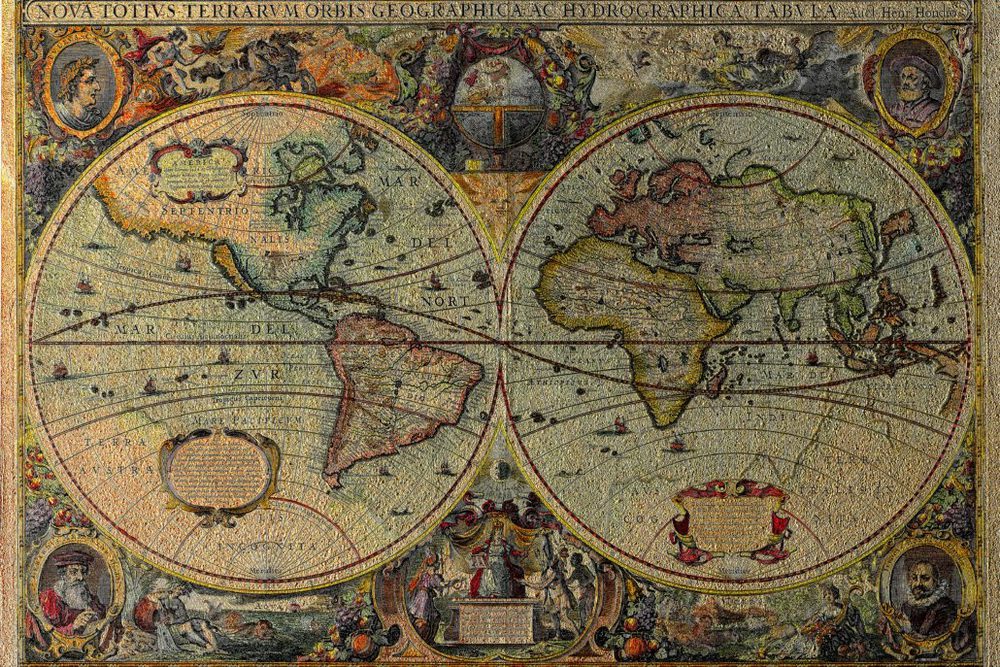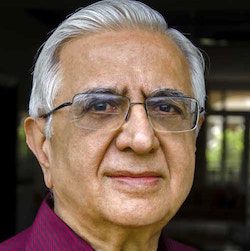
On 11 April 2023, The Economist carried a thought-provoking essay, asking if the Ukraine war might lead to new lineups of allies of the two main protagonists, the USA and Russia/China. Might that spawn ‘a new non-alignment’?
The essay said that ‘historical situations or never fully replicated’. That’s surely the complexity and joy of international relations studies. On the one side are the USA and its European allies, despite their internal divergences. On the other, Russia marched into Ukraine on 20 February 2022, but the principal adversary of the USA is China, given its economic, military, technological, and other power attributes. China broadly supports Russia while nuancing its position.
Ukraine has countries acting as proxies on the Western side. Just a few, like North Korea, openly help Moscow. Globally, the power contest is between the USA and China, but differs from the Cold War era.

First, despite the posturing, the USA and China do not overly threaten each other. In 2022 China–USA trade was at its highest level ever. Second, each principal has close allies, who openly deal with the other side. Neither West European majors, nor Japan, have closed doors to China, as each has a major economic stake. Third, technology leakage, including involuntary sharing, is now a top concern. For the USA, China is more near-equal, thanks to its autonomous technology successes. While lagging behind the USA, that gap is narrowing.
If other states drift towards a ‘new non-alignment’, this will not be assertive and declaratory, as earlier. Rather, individual countries, or regions, will establish their own ways of dealing with the USA and China. Might these uncommitted coalesce into a ‘bloc’? On present evidence, this is far-fetched. These ‘new non-aligned’ do not share concurrent interests nor principles beyond generalities. But the trends merit observation.
China is an undeclared superpower. It claims an affinity with the Global South, via its historical claim as a ‘developing country’. It now has substantive economic linkages across most of that constituency. Neither the USA nor Western Europe currently matches that, though each is now deepening its Africa engagement.
During 2012–2019, before the pandemic, China invested around US$1 trillion in a slew of Belt and Road Initiative (BRI) projects covering the Global South, as also parts of East Europe. In the past three years, it is estimated to have rescheduled debt worth US$240 billion; write-offs are not known.
Overall, it’s an evolving story. Witness President Lula’s recent China visit, when he said: ‘(both) are resolved to […] work for a more just and equitable international governance system’ (Trivium, 17 April 2023). This ‘added a spring to Xi Jinping’s step’ (Asia Times, 17 April 2023). A number of African states believe China better understands African ambitions; its aid comes with few normative strings.
India has long had reservations over China’s BRI. In the past decade, it has invested economic growth in strengthening economic links in Africa and elsewhere. On 11 April 2023, The Economist wrote that in Africa, the average annual stock of FDI from India was US$0.8 billion during 2004–2008 (less than half of Sweden’s), but US$31 billion a decade later (more than Germany’s and Japan’s combined). The focus is on quality investments. It also works closely with France, Germany, and Japan.
We witness in these moves a long game with shifting patterns of collaboration and contestation.



